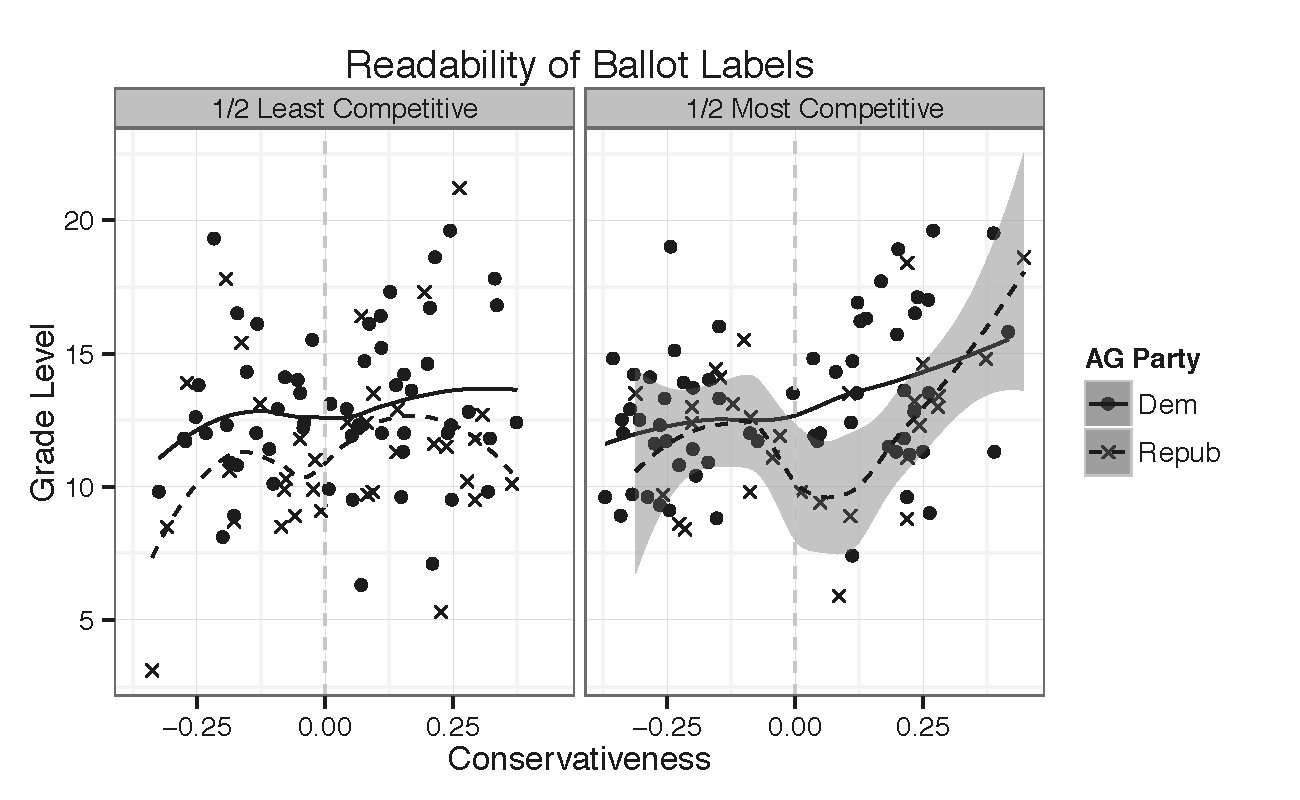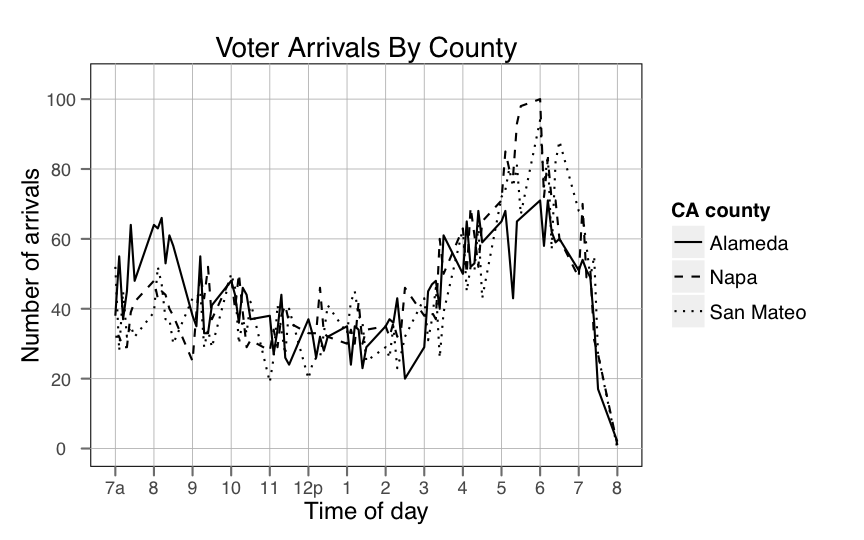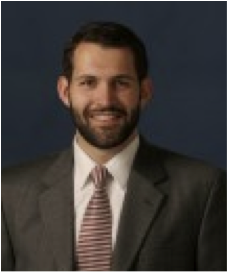Publications
Citizens United, States Divided: Evidence of Elasticity in Independent Expenditures
89 Indiana Law Journal ___ (forthcoming 2014) (with Abby K. Wood)
 Abstract |
Paper
Abstract |
Paper
 |
What effect has Citizens United v. FEC had on independent spending in American politics? Previous attempts to answer this question have focused solely on federal elections where there is no baseline for comparing changes in spending behavior. We overcome this limitation by examining the effects of Citizens United as a natural experiment on the states. Before Citizens United about half of the states banned corporate independent expenditures and thus were “treated” by the Supreme Court’s decision, which invalidated these state laws. We rely on recently released state-level data to compare spending in "treated" states to spending in the "control" states that have never banned corporate or union independent expenditures. We find that while independent expenditures increased in both treated and control states between 2006 and 2010, the increase was more than twice as large in the treated states and nearly all of the new money was funneled through nonprofit organizations and political committees where weak disclosure laws and practices protected the anonymity of the spenders. Finally, we observe that the increase in spending after Citizens United was not the product of fewer, larger expenditures as many scholars and pundits predicted, and we note that people were just as likely to make smaller expenditures (less than $400) after Citizens United as they were before. This finding is particularly striking because it cuts against the conventional wisdom of spending behavior and also challenges the logic of those who disagree with the most controversial element of the Citizens United decision – the rejection of political equality as a valid state interest. » Slides (.pdf) · 2012 Law and Society Association Annual Meetings (Honolulu, HI) · 2012 Midwest Political Science Association Annual Meetings (Chicago, IL) |
Are Ballot Titles Biased? Partisanship in California's Supervision of Direct Democracy
3 U.C. Irvine Law Review ___ (forthcoming 2013) (with Christopher S. Elmendorf)
 Abstract |
Paper |
Appendix (Survey Instrument) | Voter Guide Language (.zip) | Replication data (coming soon)
Abstract |
Paper |
Appendix (Survey Instrument) | Voter Guide Language (.zip) | Replication data (coming soon)
 |
This study investigates whether and if so under what conditions the California Attorney General, who authors the ballot title and summary ("label") for statewide ballot initiatives, writes ballot language that is biased rather than impartial. State law demands an impartial label, but commentators frequently complain that the AG chooses misleading language to bolster (undermine) measures that the AG or his/her party supports (opposes). Using a convenience sample of students from several universities, we measure ordinary observers’ perceptions of bias in ballot labels for initiatives dating back to 1974. Separately, we calculate an objective measure of bias using a readability algorithm. We then test hypotheses about AG strategy, examining whether the extent of bias in ballot labels varies with the closeness of the election and the degree to which the measure elicits partisan division. We also examine the correlation between bias perceptions and observer characteristics such as support for the ballot measure, trust in government, and social trust. · Invited paper for 2012 Election Law Symposium (UC Irvine) |
Long Lines at Polling Stations? Observations from an Election Day Field Study
9 Election Law Journal 3 (2010) (with Zachary S. Markovits)
 Abstract |
Paper |
Replication data (.zip)
Abstract |
Paper |
Replication data (.zip)
 |
This pilot study represents the first systematic attempt to determine how common lines are on Election Day, at what times of day lines are most likely to form, what are the bottlenecks in the voting process, and how long it takes an average citizen to cast his or her ballot. This study highlights the importance of evaluating polling station operations as a three-step process: arrival, check-in, and casting a ballot. We collected data during the 2008 presidential primary election in California, measuring the efficiency of the operational components of 30 polling stations across three counties. We found statistically significant, and meaningful, variation in the service rates of poll workers and voting technology. Our findings should better help election officials make important decisions about the allocation of critical resources. » Slides (.ppt) · 2009 Midwest Political Science Annual Meetings (Chicago, IL) |

